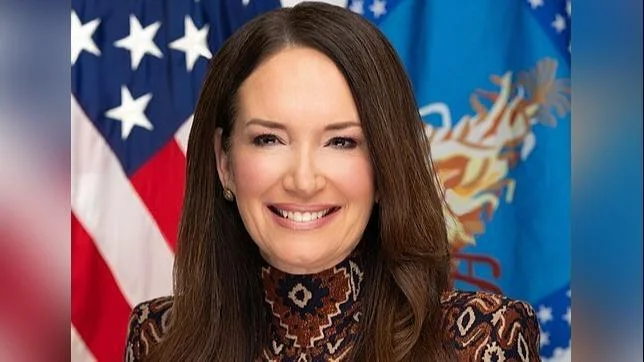Brooke Rollins, the U.S. Secretary of Agriculture, has announced the National Farm Security Action Plan, which she describes as a significant measure to prioritize American agriculture as a national security concern.
"This Action Plan puts America’s farmers, families, and future first—exactly where they belong," Rollins said. She said the new policy aims to maintain the strength, security, and resilience of American agriculture.
Rollins made her announcement at the USDA headquarters in Washington D.C., on July 8, 2025, alongside senior officials from Departments such as Defense, Justice, and Homeland Security. The plan introduces comprehensive actions aimed at protecting U.S. farmland research and supply chains from foreign threats—a move welcomed by agricultural trade associations and state leaders amid growing concerns over foreign ownership and biosecurity challenges within U.S. food sectors.
A 2023 report by the Congressional Research Service highlights concerns among U.S. lawmakers regarding rising foreign investment in American farmland, particularly near military installations or critical infrastructure. In response to these concerns, some states have implemented new measures to monitor and track such land transactions. The report concludes that increased scrutiny is being applied due to potential national security implications.
According to the 2022 AFIDA Annual Report from the U.S. Department of Agriculture (USDA), foreign entities held interests in 43.4 million acres of U.S. agricultural land as of December 31, 2022. This represents 3.4% of all privately held agricultural land and 1.7% of all land in the United States. The USDA notes that Canadian investors own the largest portion of this foreign-held agricultural land.
In June 2025, a press release from the U.S. Department of Justice announced charges against several Chinese nationals for conspiring to smuggle a dangerous biological pathogen into the United States. The Justice Department described it as a plant fungus capable of causing significant agricultural losses and cited this case as an example of biosecurity risks facing the U.S. agriculture sector.
The USDA Economic Research Service reported in 2024 that during 2023, the agriculture and food sectors contributed $1.4 trillion to the United States’ gross domestic product (GDP), accounting for 5.5 percent of the overall economy for that year. These sectors collectively support more than 22 million jobs nationwide.
The USDA was established in 1862 and is responsible for overseeing policies related to food, agriculture, natural resources, and rural development according to its official website. It supports American farmers and ranchers while safeguarding food safety and investing in rural communities across its nearly 100,000-strong workforce nationwide.









